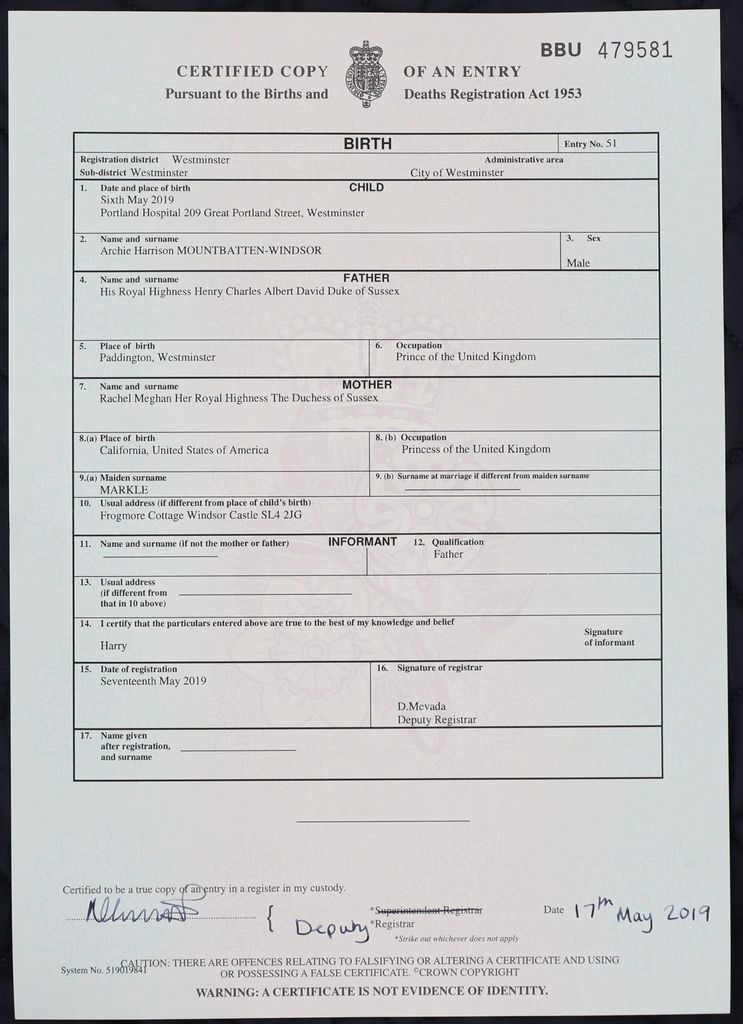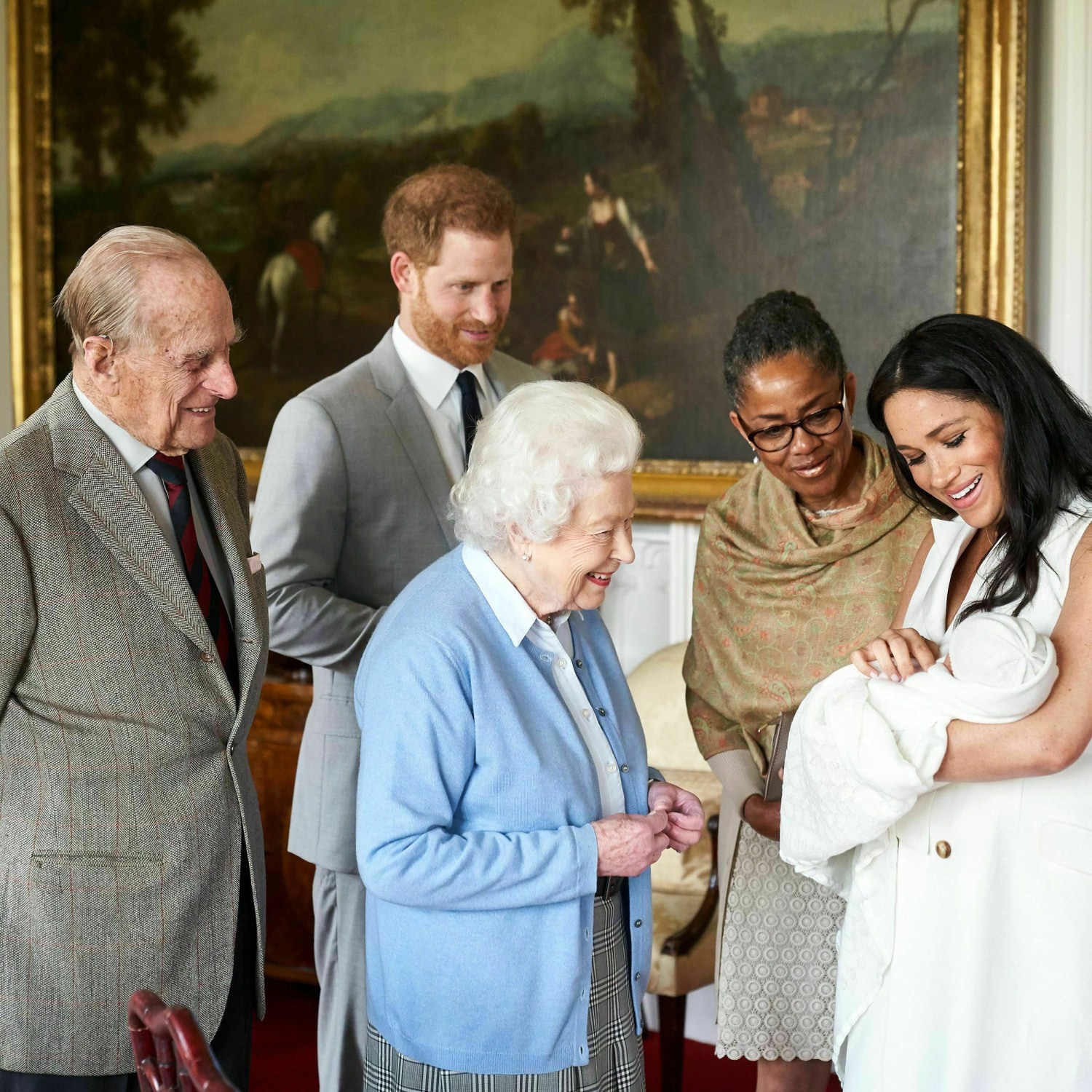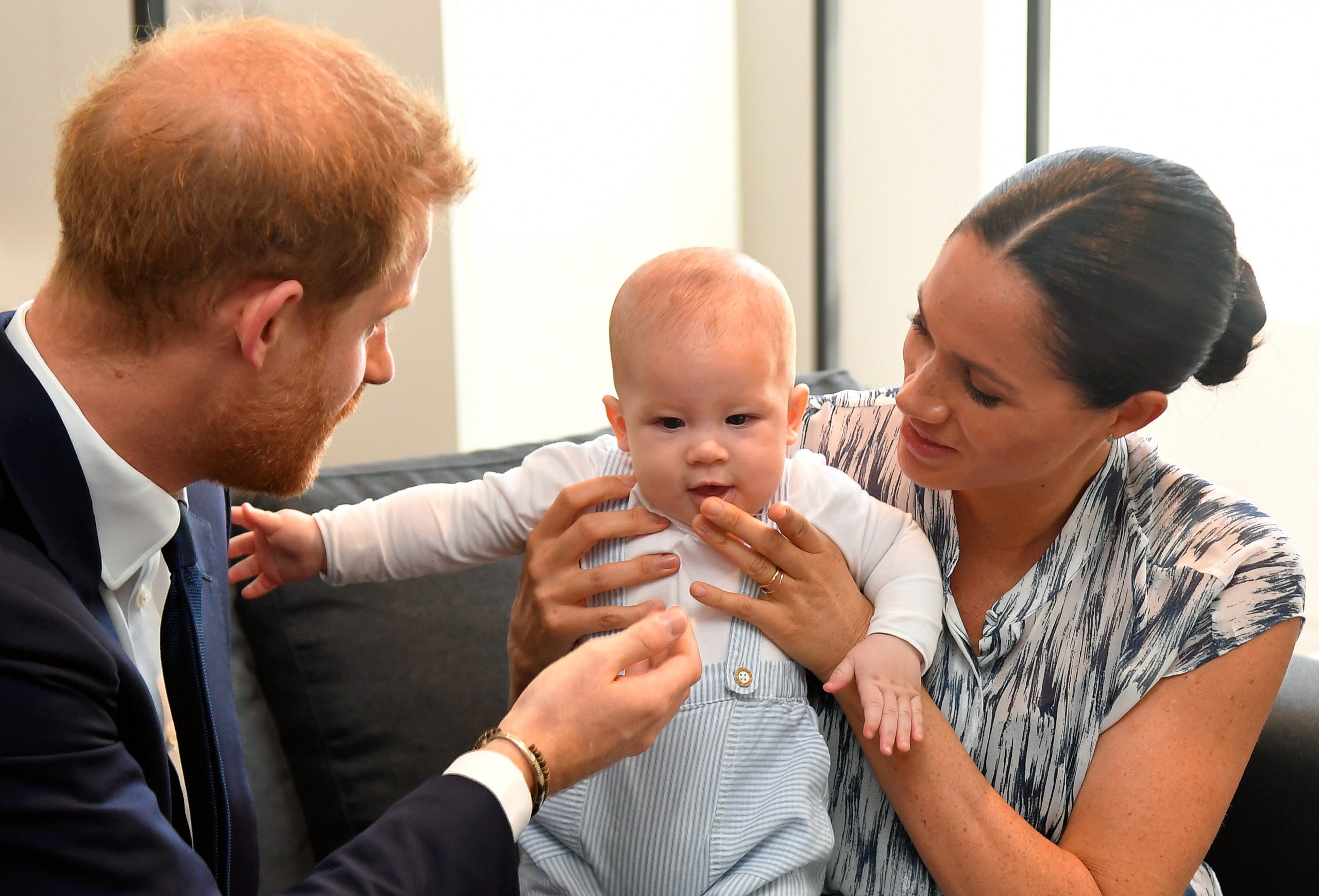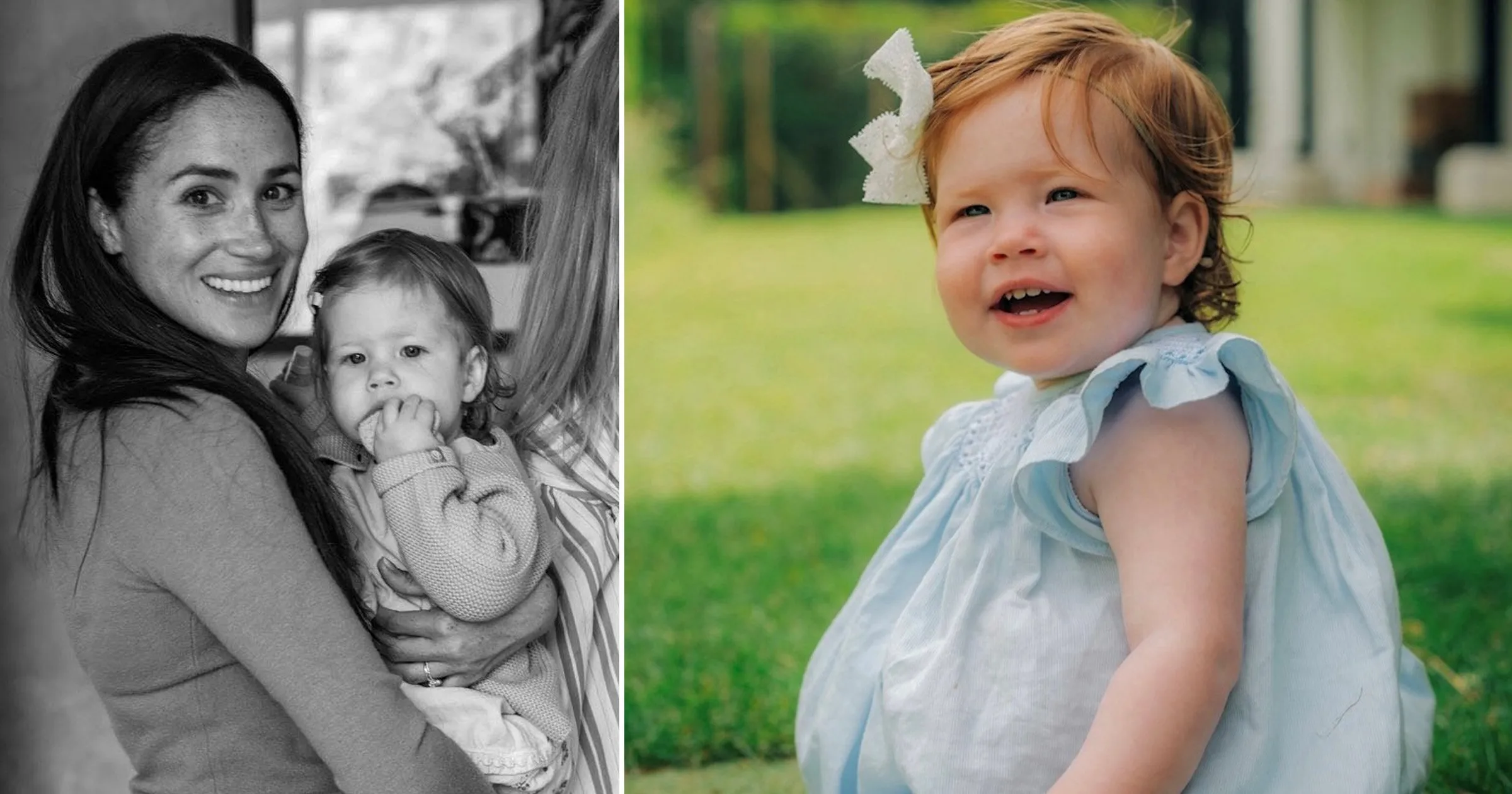The Duchess of Sussex recently shed new light on an important family decision during her new Netflix series, revealing the emotional significance behind her surname — and why she and Prince Harry made the choice to change their children’s surnames just two years ago.
This subtle but meaningful update reflects the Sussex family’s evolving identity and deepening sense of unity, both within their private lives and in their relationship to the wider royal institution.
Meghan’s Netflix Revelation: Why “Sussex” Means So Much

In the second episode of Meghan Markle’s new eight-part Netflix series, an exchange with actress Mindy Kaling highlighted just how meaningful the surname “Sussex” has become for Meghan and her family.
When Mindy referred to Meghan by her maiden name, “Markle,” the Duchess warmly corrected her:
“You keep saying Meghan Markle—you know, I’m Sussex now.”
Meghan continued, explaining:
“You have kids, and you go, ‘Now I share my name with my children’… I didn’t realize how meaningful it would be to me, but it just means so much to say ‘This is our family name, our little family name’.”
This brief but heartfelt comment offered rare insight into the personal significance the Sussex title now holds—not just symbolically, but as a unifying identity for their family.
How the Sussex Title Came to Be

The title “Duke of Sussex” was bestowed upon Prince Harry by Queen Elizabeth II on the morning of his wedding to Meghan in May 2018. Upon marrying Harry, Meghan became the Duchess of Sussex—a title she has since embraced with pride.
At the time, it was customary for royal descendants not given a formal peerage to use Mountbatten-Windsor as their surname, a tradition stemming from Queen Elizabeth II and Prince Philip’s family name arrangements.
Archie’s Birth and the Mountbatten-Windsor Name
When Archie Harrison was born in May 2019, his birth certificate listed him under the surname Mountbatten-Windsor, reflecting his status as a male-line descendant of Queen Elizabeth II without the rank of prince at the time.
Unlike other royal babies, Archie was not automatically given a title at birth. Buckingham Palace announced he would be known as Master Archie Harrison Mountbatten-Windsor, reflecting Harry and Meghan’s desire for a more private life for their first child.
The Mountbatten-Windsor surname has also been used by other descendants without royal styles, such as Lady Louise Windsor, daughter of Prince Edward and Sophie, Duchess of Edinburgh.
Stepping Back and Moving Forward
.jpg)
In 2020, Prince Harry and Meghan made the groundbreaking decision to step back from their royal duties, seeking financial independence and moving to North America.
As part of their agreement with the Queen, they agreed to cease using their HRH (His/Her Royal Highness) styles, though technically they retained them. Importantly, however, they maintained their Duke and Duchess of Sussex titles.
While the couple began forging a new, independent path—including major deals with Spotify, Netflix, and Penguin Random House—the question of how their children would be recognized within the royal structure remained unresolved.
King Charles’ Ascension and a Shift in Titles

When Queen Elizabeth II passed away in September 2022, and King Charles III ascended the throne, the situation changed for Archie and his younger sister, Lilibet Diana.
According to longstanding royal protocols established by King George V in 1917, the children of a son of a sovereign are entitled to use the titles of Prince and Princess.
Thus, Archie and Lilibet automatically became eligible for royal titles upon King Charles’ accession, even though Harry and Meghan had stepped away from their working royal roles.
Following Lilibet’s christening in March 2023, Harry and Meghan formally confirmed that their children would be styled as Prince Archie of Sussex and Princess Lilibet of Sussex in formal settings.
Updating the Royal Family Website

Shortly after Harry and Meghan’s announcement, the royal family’s official website was updated to reflect these changes:
-
Archie is now listed as Prince Archie of Sussex
-
Lilibet is listed as Princess Lilibet of Sussex
This update aligned their children’s titles with the royal family’s long-standing traditions, while also honoring Harry and Meghan’s personal wish for their family to share a common identity.
Everyday Life: Sussex as Their Family Surname

While the titles Prince and Princess are used in formal communications, day-to-day life is different for the young Sussex children.
Just as Prince William and Prince Harry were known by the surname “Wales” during their school years—reflecting their father Charles’ then-title, the Prince of Wales—Archie and Lilibet are known simply by the surname Sussex.
This usage is consistent with modern royal customs, allowing royal children to maintain a sense of normalcy in everyday environments like schools and public interactions.
A Family United by Name and Purpose
Meghan’s reflections in her Netflix series reveal just how deeply personal this decision was. Choosing to align their children’s surname with their title was about more than protocol—it was about creating a unified family identity rooted in love, pride, and a shared future.
For Meghan, a woman who has navigated extraordinary public pressures and transitions, having a family name that symbolizes belonging and togetherness carries profound meaning.
It’s a reminder that even within the traditions of monarchy, personal connection and emotional resonance remain vitally important.
Conclusion: A Name that Honors the Past and Embraces the Future
In officially adopting the Sussex name for their family, Prince Harry and Meghan Markle have found a way to balance royal tradition with personal meaning.
Their choice reflects not only their connection to the monarchy but also their determination to build a life that centers around family, love, and shared identity.
As their children grow, the name Sussex will symbolize their unique journey—one rooted in both history and hope for the future.
